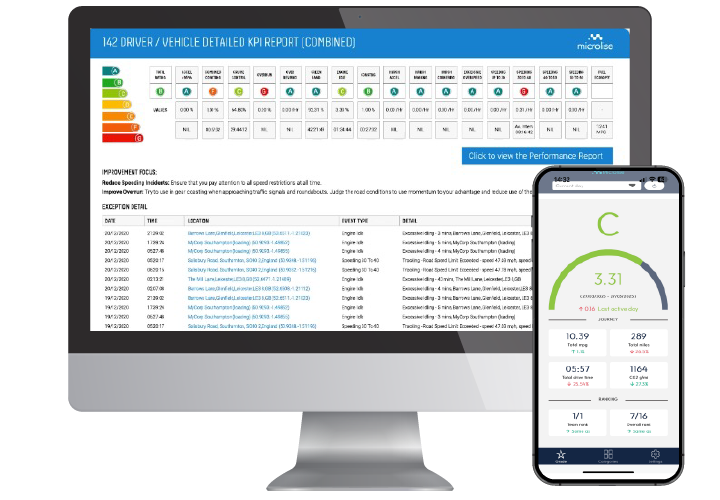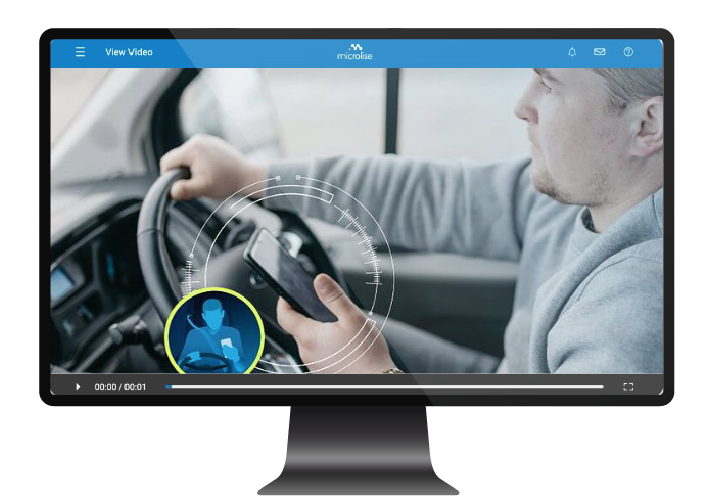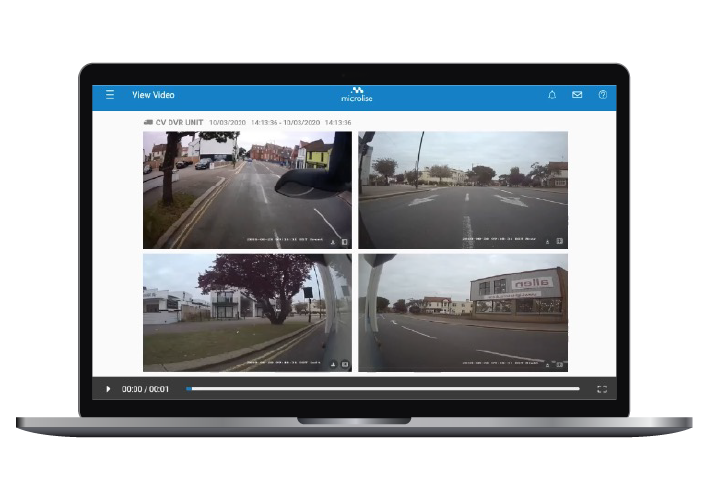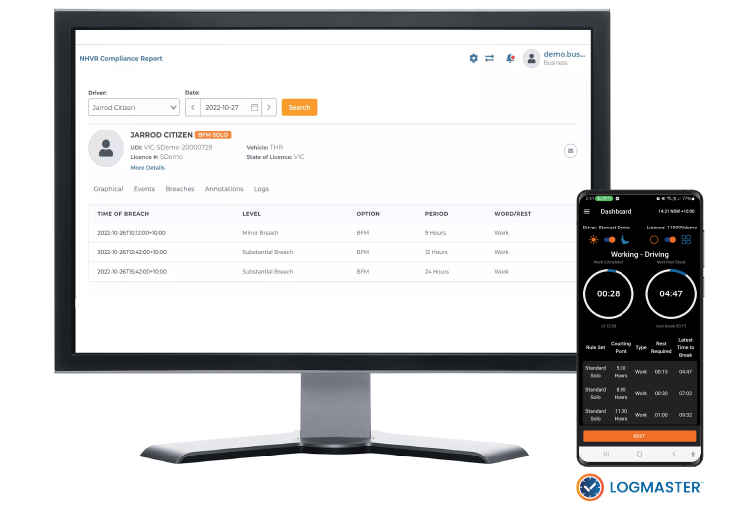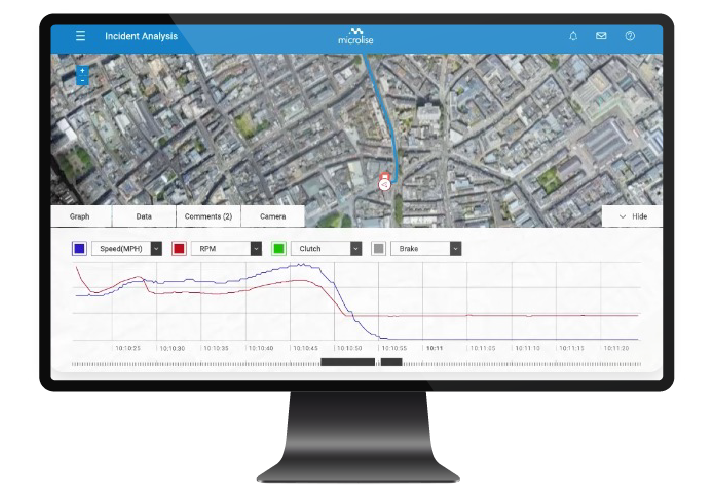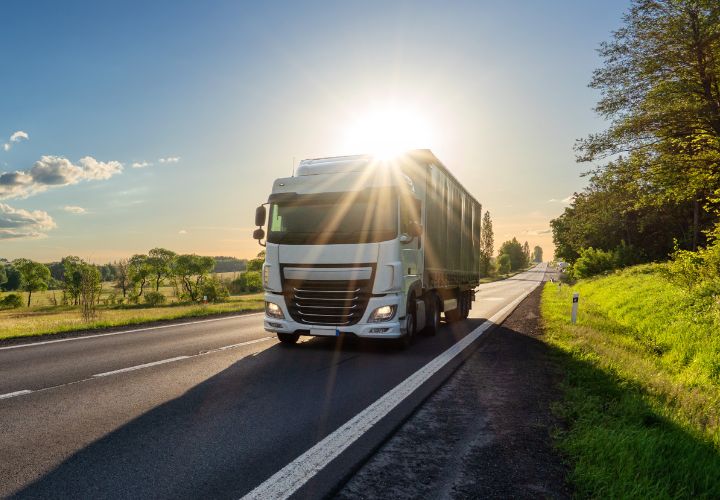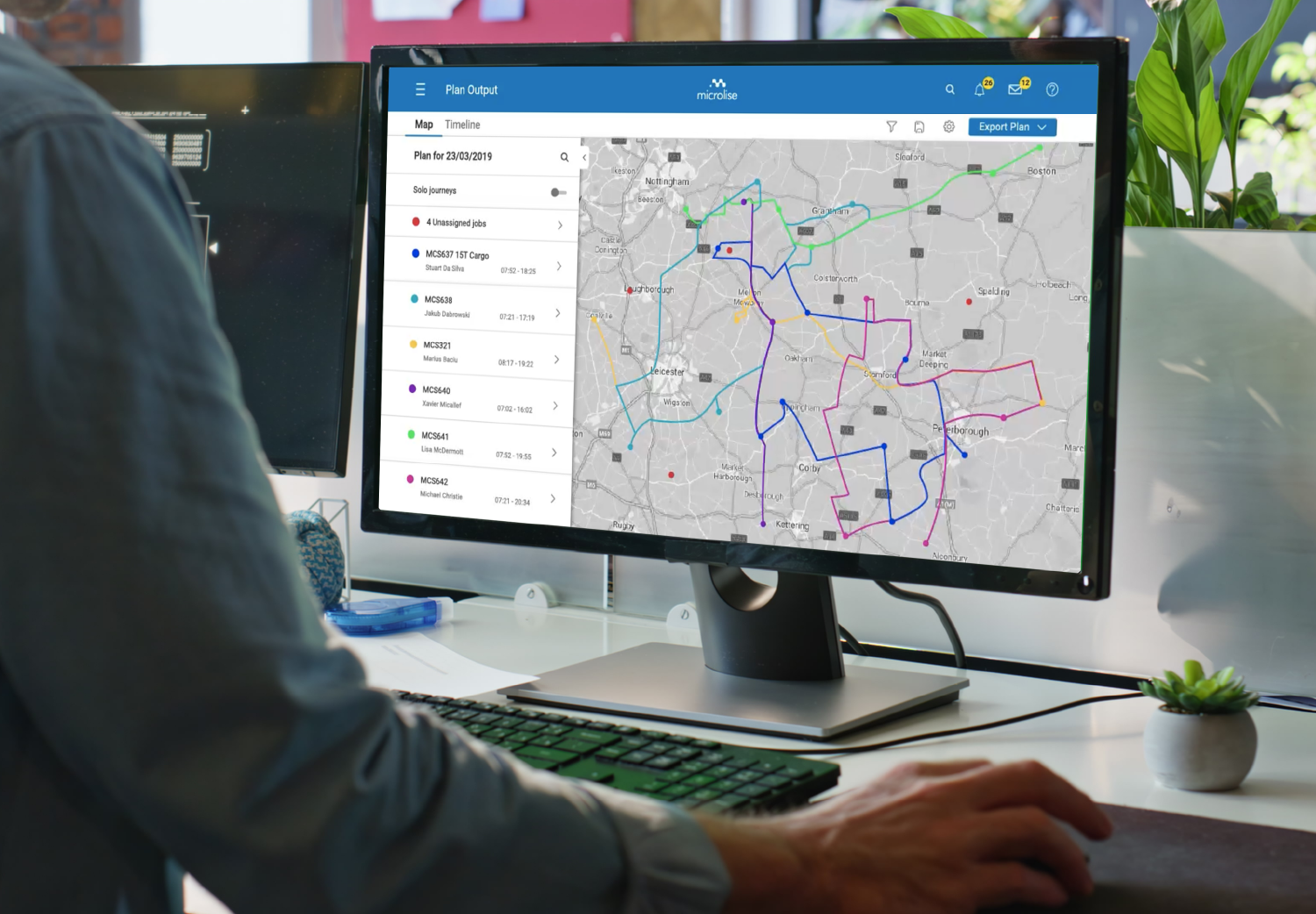So, how do you build a safety-first culture that sticks? Here are five practical ways, with a focus on the people, processes, and technology that make it happen.
1. Build trust
Before you roll out the next training session or toolbox talk, take a step back.
Does your team trust you?
Trust is the foundation of any strong safety culture. Without trust, your team won’t feel comfortable reporting hazards or speaking up about safety concerns. Start with genuine conversations. Ask about their weekend, share your own stories, and take an interest in their lives. When you connect with your team on a personal level, safety discussions become much easier and more effective.
2. Listen to understand
When a driver raises a concern, your first job isn’t to fix it, it’s to understand it.
Effective safety cultures are built on two-way conversations. That means truly listening, even when you don’t immediately agree. Ask questions, dig into the detail and show that their perspective matters.
Taking the time to unpack concerns and explore the root cause builds trust and accountability. And when people feel heard, they’re far more likely to speak up again, which is exactly what you want in a safety-first environment.
It builds buy-in, and that’s where continuous improvement starts.
3. Empower managers to lead safety
When managers actively lead on safety, it sends a clear message: safety isn’t optional, it’s expected. And because they’re closer to day-to-day operations, they’re in the best position to influence behaviour and drive engagement.
Encourage them to:

Recognise and reward safe behaviour

Nominate team members for peer recognition

Run informal safety talks or share personal stories

Host BBQs or casual lunches around safety and wellbeing themes
This kind of bottom-up engagement helps shift safety from something reactive to something people participate in and take ownership of.
This leads us nicely to our next point.
4. Safety is everyone’s job
Safety doesn’t sit with one person or department; it’s a shared responsibility. From drivers and dispatchers to schedulers and senior managers, every decision made has a knock-on effect.
The Chain of Responsibility (CoR) is more than a best practice; it’s a legal requirement under the Heavy Vehicle National Law (HVNL). It ensures that anyone who influences transport operations is held accountable for safety, not just the driver behind the wheel.
That means everyone in your supply chain, from operations and logistics to executive leadership, has a role to play. When each team member understands how their actions impact others, accountability naturally follows.
A collective effort leads to better safety culture and improved outcomes.
5. Empower teams with the right tools
Building a safety-first culture isn’t just about what people say or believe, it’s also about what they can see and do. The right technology gives both drivers and managers the visibility they need to act, build accountability and drive long-term behaviour change.
Microlise offers a range of Safety, Health & Compliance solutions that can help transport operators make this happen:
Driver Performance Reporting: With Fleet Driver Performance, track trends in speeding, harsh braking, idling, and more. Guide coaching and monitor progress over time for continuous improvement.
Fleet Camera Systems: Fleet Camera Systems provide video evidence of incidents, helping improve driver accountability and safety awareness.
Fatigue Compliance & Electronic Work Diary (EWD): Powered by Logmaster, this solution digitises driver work and rest data, streamlining safety monitoring and compliance with smart alerts and cloud-based record access.
Incident Analysis: Capture detailed information before and during an incident with an in-vehicle recording device. The system records control functions four times a second for 30 seconds before and after an event, sending the data securely for analysis.
These tools don’t just gather data—they create real change. With real-time feedback and a focus on continuous improvement, you build a proactive safety culture.
Operators using these solutions, along with regular coaching and performance reviews, have seen:
- Fewer safety incidents
- Better fuel efficiency
- More engaged drivers
When these solutions are built into onboarding and development, they support a culture where safety is owned by everyone and driven by data.
Culture starts with conversation
Building a safety-first culture goes beyond rules and regulations. It’s about trust, relationships, and consistency. When you combine this with the right tools and shared responsibility, you create lasting change.


